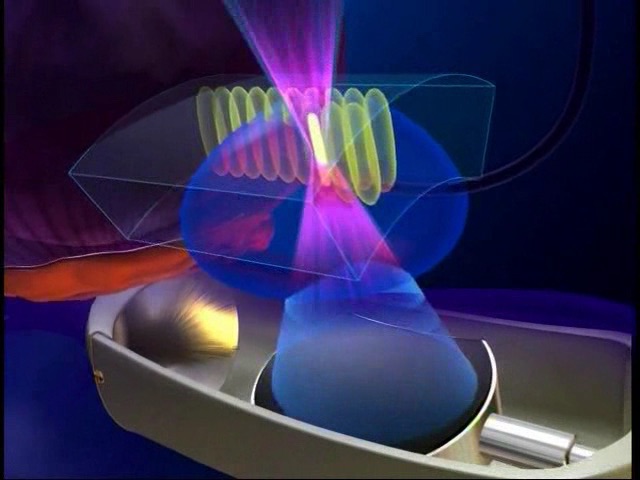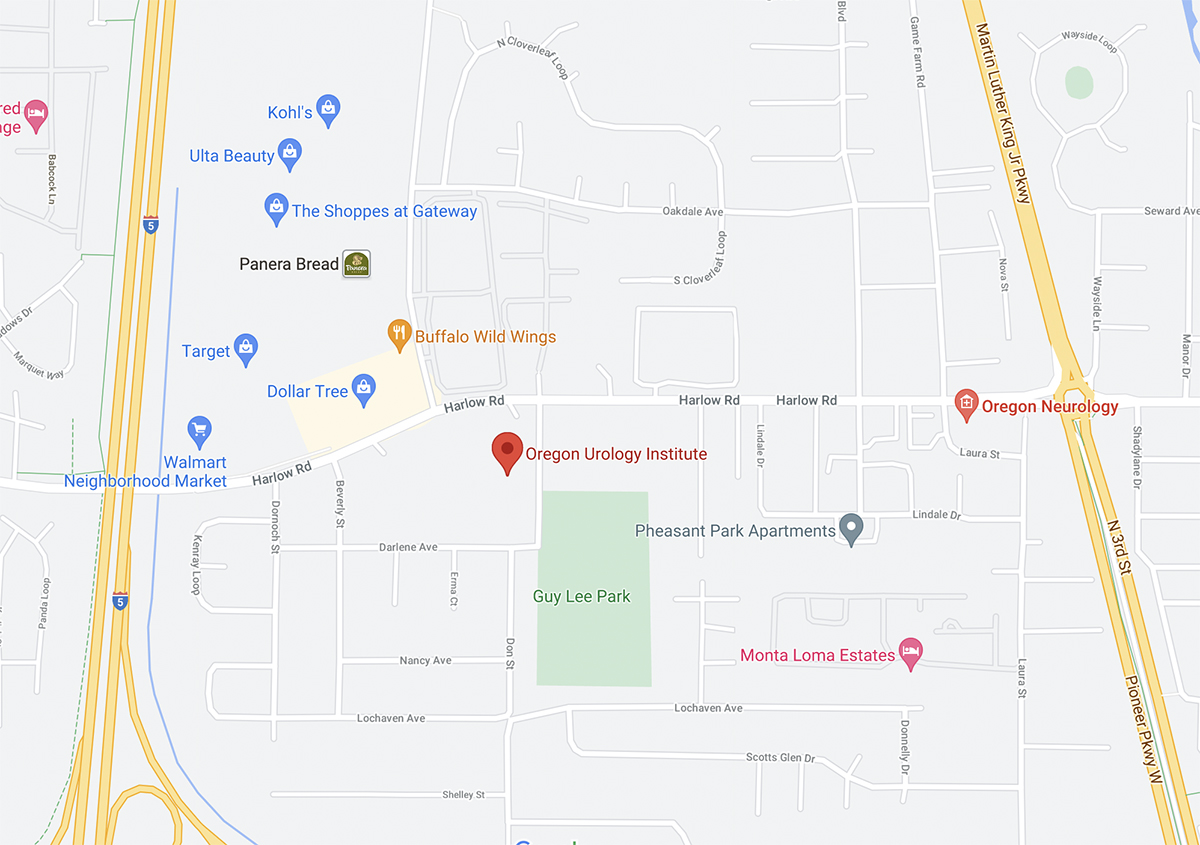
Prostate cancer develops when cells in the prostate gland start to grow uncontrollably. While the exact cause isn’t known, several factors can increase the risk, such as:
- Age
- A family history of prostate cancer
- A diet high in red meat or high-fat dairy products and low in fruits and vegetables
If you have been diagnosed with prostate cancer, there are several possible treatments, including HIFU.


WHAT IS HIFU?
This minimally invasive treatment uses high-frequency ultrasound, or sound waves, to target, heat, and destroy areas of prostate tissue.
Unlike surgery and radiation, HIFU is very exact. It is able to precisely target only the affected area, ensuring exceptional accuracy in treating the cancerous tissue.
WHO CAN BENEFIT FROM HIFU TECHNOLOGY?
HIFU is designed to target a single tumor or a specific part of a larger tumor, making it unsuitable for treating cancer that has spread beyond the prostate.
HIFU is effective for men with:
- Early-stage, localized prostate cancer that hasn’t spread outside the prostate.
- Recurrent prostate cancer, especially when other treatment options are limited.
- Patients who have previously undergone radiation therapy and experience a rise in PSA levels, indicating that the cancer has returned.
HIFU is a promising option for treating prostate cancer with fewer side effects and a quicker recovery time in men who are candidates for this treatment.
HOW DOES HIFU WORK?
WHAT ARE THE BENEFITS OF HIFU?
- Zero incisions, which reduces the risk of infection and results in quicker healing
- Precisely directed sound waves that can spare surrounding healthy tissue
- A return to normal activities within several days
- A lower risk of complications such as incontinence and erectile dysfunction (ED)
THE HIFU TECHNOLOGY PROCEDURE
A suprapubic or Foley catheter will be placed during the procedure to help you urinate. This catheter typically stays in place for about 5-10 days to ensure you can pass urine easily as you heal.
A small ultrasound probe emitting high-frequency sound waves is inserted into the rectum.
Your doctor uses advanced software to merge MRI and real-time images of the prostate. This helps them to locate the tumor and target only the affected area.
High-frequency sound waves are directed to the precise prostate area, destroying cancerous tissue while leaving healthy tissue intact.
After the HIFU treatment, you’ll spend about 30-60 minutes in the recovery area. Once you’re ready, you can go home to recover in the comfort of your own space. It is essential to take it easy for the first few days while slowly resuming normal activities.
FIND OUT IF HIFU IS RIGHT FOR YOU
FAQs
1. How does HIFU compare to traditional prostate cancer treatments?
HIFU offers a minimally invasive alternative to traditional prostate cancer treatments like surgery and radiation. Unlike surgery, HIFU doesn’t involve incisions, reducing infection risk and speeding up recovery time. Compared to radiation, HIFU specifically targets the tumor, sparing healthy surrounding tissue and reducing side effects such as urinary and bowel issues. Additionally, HIFU can be repeated if necessary, providing flexibility in treatment options. However, it is not a good treatment option for men with a higher Gleason score.
2. What can I expect during the recovery period after HIFU treatment?
After HIFU treatment, you will spend about 30-60 minutes in recovery before being discharged to go home. It’s normal to feel some mild discomfort, but most patients find they can resume light activities, like taking an easy walk, the same day. You’ll need to use a catheter for a few days to a week to help with urination. Your doctor will give you specific instructions on post-procedure care, including activity restrictions and follow-up appointments to monitor your recovery.
3. Are there any dietary restrictions or lifestyle changes I need to follow after HIFU treatment?
While there are no strict dietary restrictions after HIFU treatment, maintaining a healthy diet can support your recovery. Staying hydrated and eating a balanced diet rich in fruits, vegetables, lean proteins, and whole grains is advisable. Avoid heavy lifting and strenuous activities for a few weeks, as directed by your doctor. Light exercise, such as walking, can aid in your recovery but always follow the specific recommendations given by your doctor.






